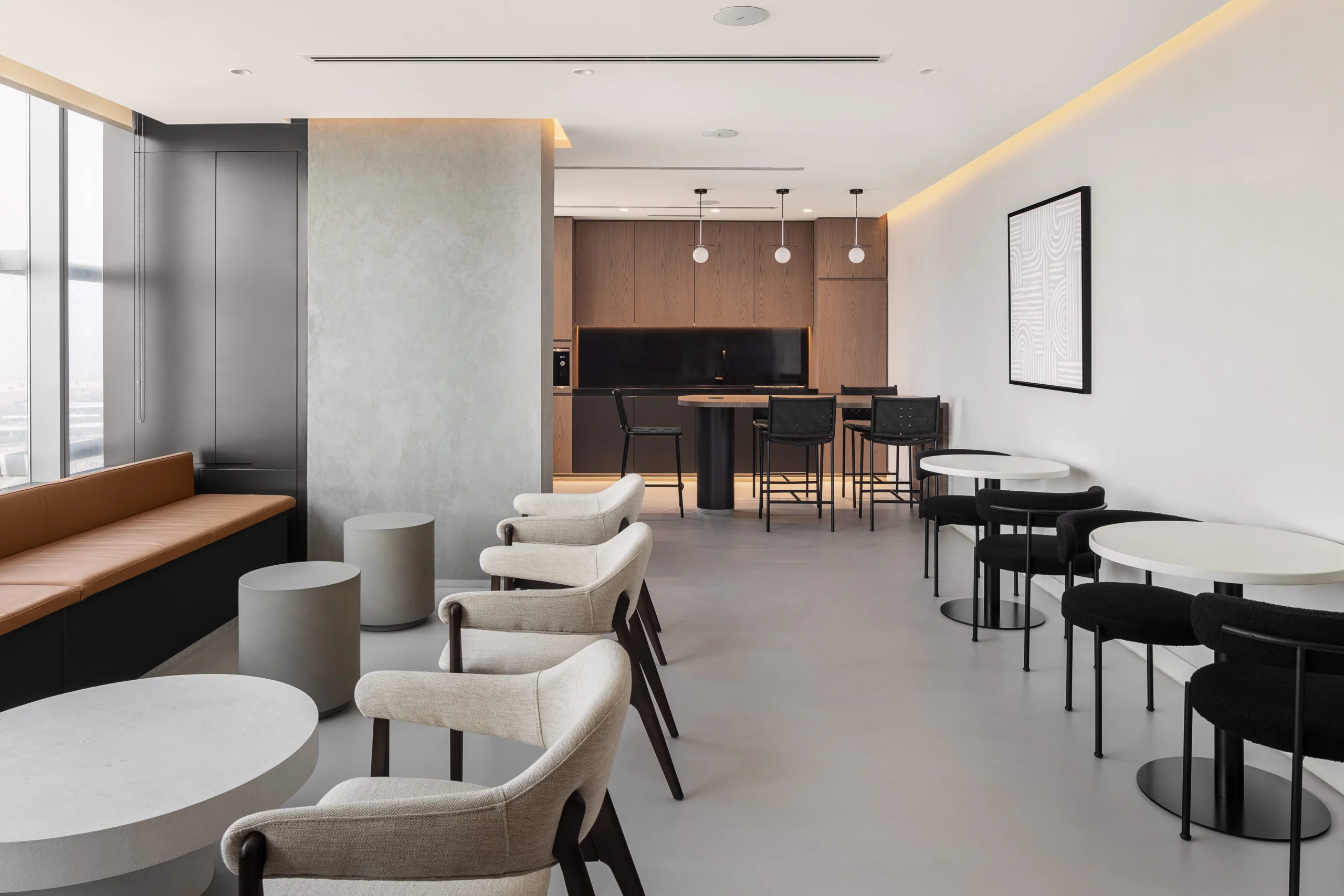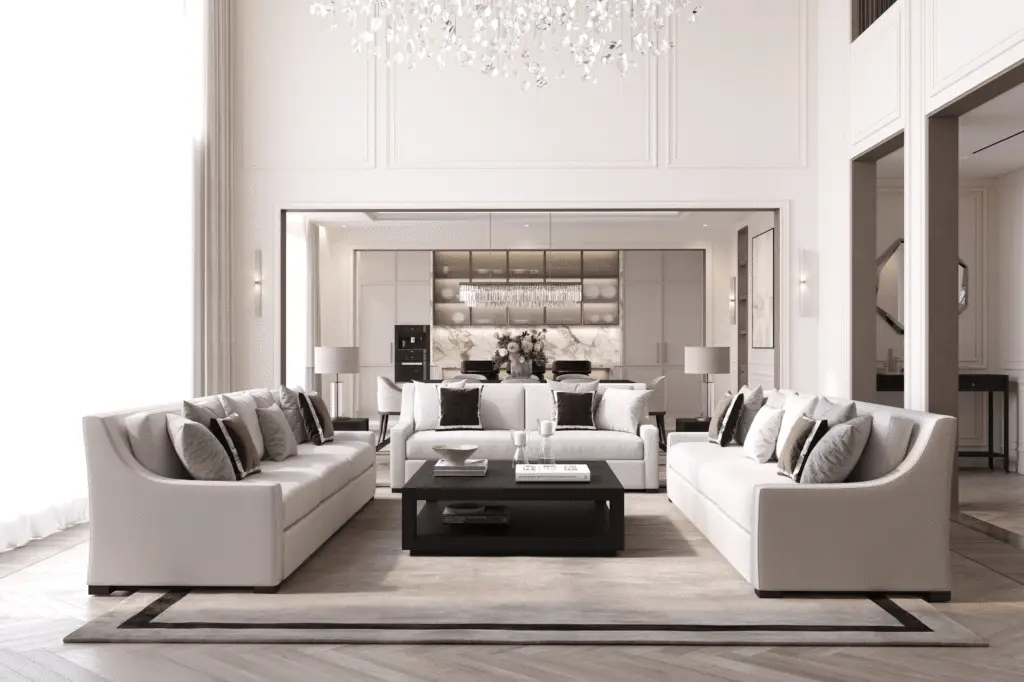
The Ultimate Guide to Design and Build Projects in 2025
In today’s fast-paced construction industry, the design and build approach has emerged as a revolutionary model. Offering speed, simplicity, and a single point of responsibility, this method is changing how projects—from homes to hospitals—are planned, designed, and executed.
Whether you’re a homeowner, property developer, or commercial business, understanding the business model can help you save time, cut costs, and reduce risks. Let’s dive deep into this growing trend.
What Is the Design and Build Approach?
At its core, design and build is a project delivery system where one entity handles both the design and construction aspects. Unlike traditional contracting where the client hires a designer and then a separate builder.
Key Differences:
- Traditional Method: Multiple contracts, more coordination needed.
- Design and Build: Single contract, centralized responsibility.
This model has gained popularity in the past two decades due to its efficiency and transparency.
Key Benefits of Design and Build Construction
Choosing a contractor offers multiple advantages:
- ✅ Time Savings: Overlapping design and construction phases accelerates delivery.
- ✅ Single Point of Contact: Clear communication with one team handling everything.
- ✅ Cost Control: Budget alignment from the design phase reduces surprise expenses.
- ✅ Collaborative Efficiency: Design and construction teams work as one, minimizing errors.

K4 HQ Office
The Design and Build Process Explained
Here’s a breakdown of how a typical project unfolds:
Step 1: Feasibility and Planning
This phase includes:
- Site analysis
- Client goals
- Legal constraints
Step 2: Concept & Architectural Design
Creative meets practical here:
- Floor plans and elevations
- 3D visualizations
- Authority submissions
Step 3: Budgeting and Value Engineering
Design is tailored to budget:
- Transparent cost estimation
- Material and design optimization
Step 4: Construction and Project Management
Execution begins:
- Site supervision
- Vendor coordination
- Safety and compliance
Step 5: Completion and Handover
The client receives a ready-to-use space:
- Final inspections
- Defect rectification
- Project documentation

Jumeirah Island Fitout Project
Types of Projects Suitable for a good project
Design and build isn’t limited to any one sector. It’s ideal for:
- 🏠 Residential Homes (Villas, Apartments)
- 🏢 Office Fitouts
- 🏬 Retail Stores
- 🏨 Hotels and Resorts
- 🏥 Healthcare Facilities
- 🏫 Educational Buildings
Design and Build vs. Traditional Contracting
| Factor | Design and Build | Traditional Contracting |
|---|---|---|
| Contracts | Single | Multiple |
| Communication | One point of contact | Designer & contractor separate |
| Time | Faster delivery | Sequential & slower |
| Budget Control | Higher accuracy | Risk of overrun |
| Flexibility | Integrated solutions | Requires re-negotiation |
Choosing the Right Design and Build Contractor
Look for these attributes:
- ✅ Strong portfolio
- ✅ Clear communication
- ✅ Licensed and insured
- ✅ In-house design and engineering team
- ✅ Transparent pricing
Check for ISO certifications and client reviews before signing a contract.
Legal and Contractual Considerations
Key elements of a good contract:
- Scope of work
- Payment milestones
- Design responsibility
- Variation and dispute resolution clauses
A well-written agreement protects all parties.
Common Myths About Design and Build
❌ Myth: You lose design control.
✅ Truth: Clients are involved throughout the design process.
❌ Myth: It’s only for large projects.
✅ Truth: It’s scalable for all project sizes.
❌ Myth: Quality is compromised.
✅ Truth: Accountability is higher under one roof.
Sustainable and Smart Building Trends in Design and Build
In 2025, top design and build firms integrate:
- Eco-friendly materials
- Smart HVAC systems
- LED and solar lighting
- IoT-enabled building management
These additions reduce long-term operating costs and improve occupant well-being.
Real-Life Success Stories Using Design and Build
Case Study: A 15,000 sq ft office in Dubai was completed in just 5 months using the design and build model, saving 20% in costs and delivering 2 weeks ahead of schedule.
Challenges and How to Overcome Them
-
Design Miscommunication: Solve with regular check-ins and approvals.
-
Permit Delays: Choose experienced firms familiar with local regulations.
-
Scope Creep: Have a clear scope and change order process.
FAQs About Design and Build Projects
Q1: What’s the main advantage of design and build?
Faster delivery and single accountability.
Q2: Can I be involved in the design process?
Absolutely—your input is essential throughout.
Q3: Is this method more expensive?
No. In fact, it reduces long-term costs through efficient coordination.
Q4: Can I customize materials and finishes?
Yes, everything is tailored to your taste and budget.
Q5: How long does a typical project take?
Anywhere from 3–12 months, depending on scope.
The design and build method is more than a trend—it’s a smarter, faster, and more integrated way to bring your vision to life. With the right team, you can create functional, beautiful, and sustainable spaces that meet your goals and timeline.
